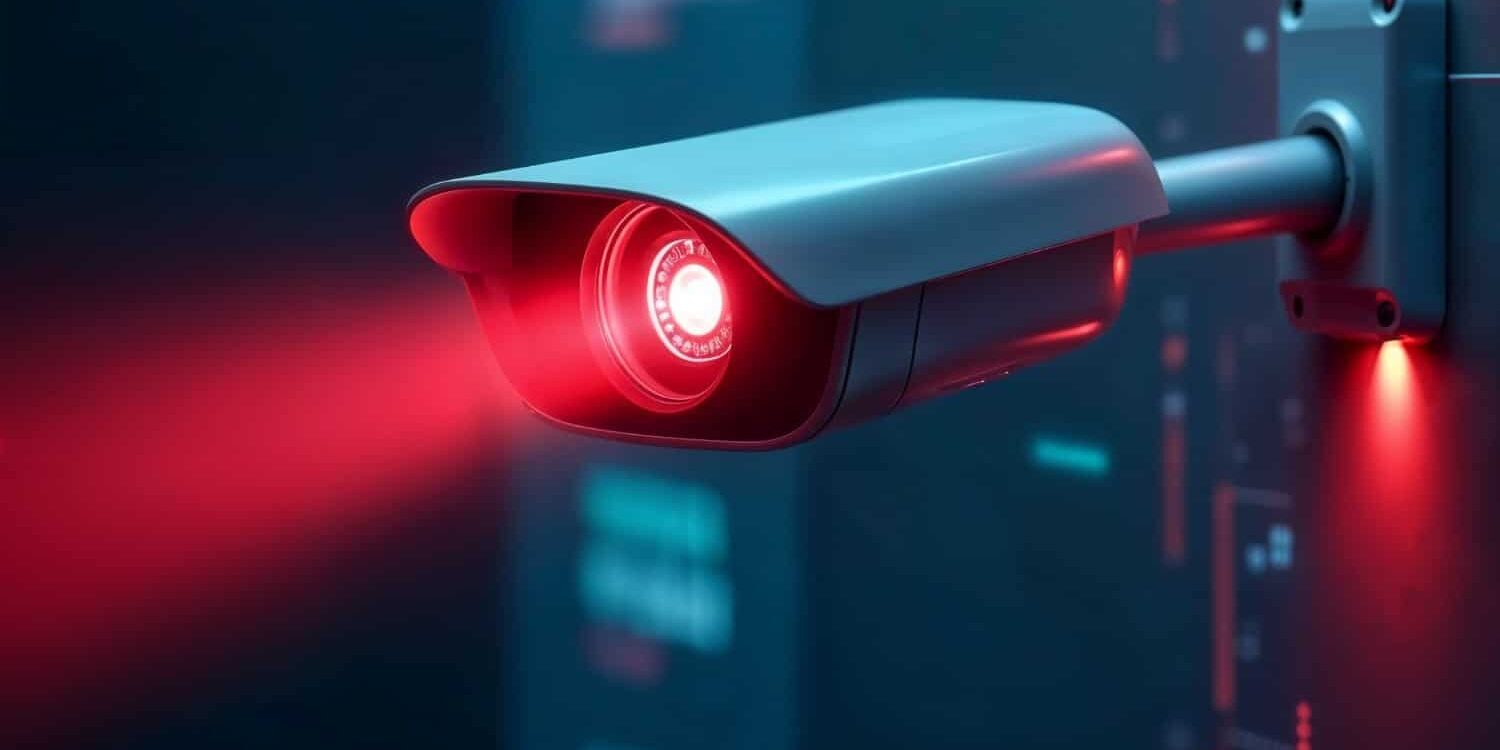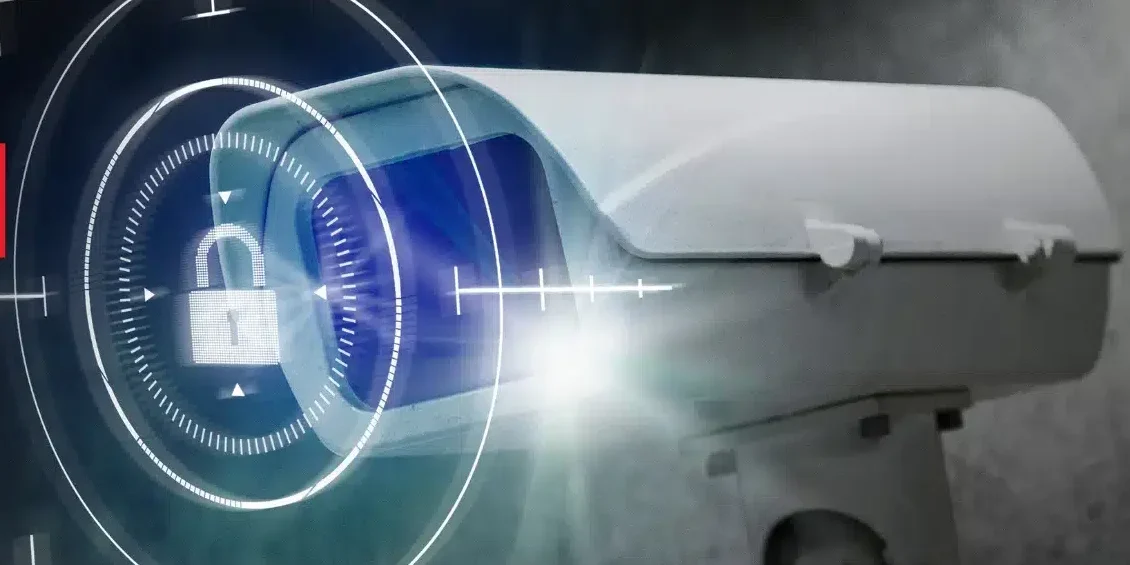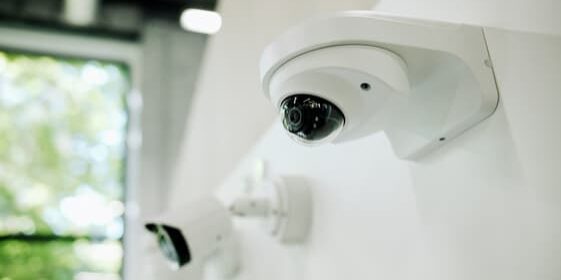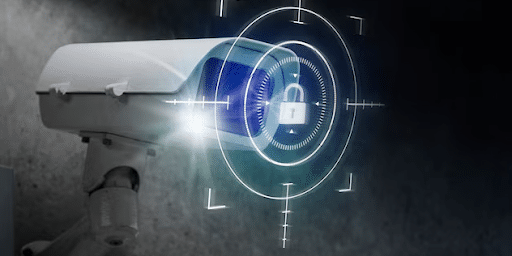High Security Energy Management System (EMS) Networks
Resolute Partners provides and secures Energy Management System networks that offer extreme reliability, high availability, and secure connectivity. Each network can connect a full range of energy control devices with a centralized management database and various control applications. Engineering high security networks using hardware and software solutions from the DISA approved products list is the ideal energy management system solution for multi-building campus style environments.
The Energy Systems Management Challenge
Current SCADA and industrial/process control systems are often connected to business networks to improve overall enterprise operations and decision making. The challenge for today’s facility manager is connecting and securing a wide array of disparate monitoring and control devices to a reliable, robust network. Specifically, one that is capable of both reporting data back to a central control center and sending control instructions back through the network to those devices. Saving money and reducing carbon footprint by signaling devices to automatically adjust temperatures, limit power consumption, and re-direct energy resources is ideal. Resolute Partners has a proven energy systems management solution to help facility managers meet that challenge.
Energy management systems that follow Federal Risk Management Framework (RMF) and Unified Facilities Criteria (UFC).
Resolute Partners follows DoD UFC criteria for Cybersecurity of Facility-Related Control Systems. We include cybersecurity in the design and construction of control systems in order to address appropriate Risk Management Framework (RMF) security controls. Our unique fixed wireless network solutions - in combination with traditional wired network segments (fiber and copper cable) - can provide the needed connectivity. This reduces costs associated with retrofitting older buildings or where aerial or underground cable placement is not feasible.
Our energy management system solutions and services have helped numerous government and military and defense agencies. Past projects include the design and installation of an expansive energy management system network linking more than 200 buildings on a Marine Corps base in California. Using a hybrid fixed wireless bridging and fiber network, we completed the project with minimal operational disruption. This network met the immediate need for an energy management solution and delivered the capacity to provide connectivity for other applications including security, access control, and communications.
IoT Integration Services: IoT Devices for Environmental, Power, and Security Applications
In addition to networks for energy management control systems, Resolute Partners can supply, install, connect, and integrate Internet of Things solutions commonly used for environmental, power, and security applications. Visit our IoT Integration Services page to learn more...













